Murray Park: History of Agriculture in SLRD Area B

“Cast your bread upon the waters in Lillooet and it’ll come back studded with fruit and nuts.” – Margaret “Ma” Murray, Lillooet B.C.
When the first road built into the Colony of British Columbia terminated at Lillooet in 1858, many who travelled it saw better opportunities farming & ranching in the area than in mining. The town became Mile 0 of the Cariboo Road in 1862 and Lillooet grown produce became much in demand in the Cariboo goldfields, providing fodder for the hundreds of pack animals carrying supplies northward as well as to the miners at the end of their trek.
In 1861 the Martley family took over a ranch near Pavilion and named it the Grange. The Grange shipped large quantities of beef, mutton, poultry and vegetables to the Cariboo. Combined with the historic Carson Ranch on Pavilion Plateau, the Grange is now owned by one of Canada’s largest suppliers of organic beef.
Jonathan Scott, a planter from Kentucky, farmed the upper bench across the Fraser after a nine-mile long flume/irrigation ditch from Fountain Lake was built that same year. Miners were sorely missing tobacco, and for the next twenty years he sold plugs and cut tobacco straight off his presses.
By 1864, flour from Oregon cost $100 a sack in Lillooet. Four enterprising investors built a mill and were supplied with grists from ranches surrounding Lillooet, producing high quality flour until 1908.
The first attempt to grow hops on the bench above the north end of town ended in failure but in 2009 two enterprising biologists succeeded and their vertical rows of eighteen foot high trellises can be seen across the river from here. Their ambition is to make Lillooet the organic hops capital of Canada.
The first grapes in the Lillooet area were grown at Fountain from cuttings sent from Italy in 1863. After experimental trials verified the superior terroir of Lillooet soils, our first commercial winery was established in 2009. Since then, Fort Berens has won many awards and medals.
Lillooet boasts B.C.’s best tomatoes. When Japanese Canadians were interned in East Lillooet during WWII, they shipped many train carloads of luscious sun-ripened Lillooet tomatoes to Vancouver. Connoisseurs of fine foods now come here every year and buy hundreds of kilos of tomatoes at the Old Airport Gardens for salsas, sauces and home canning.
Stone fruits, especially apricots, thrive in Lillooet. Trees dripping with fruit in the midsummer heat seem to be in every yard. Lillooet’s annual Apricot Tsaqwem Festival also honours native saskatoon berries, equally prolific and widely used by First Nations, eaten fresh or dried for storage.
Throughout SLRD Area B in the heart of the Fraser Canyon, historic West Pavilion, Bridge River, Yalakom, Fountain & Texas Creek farms and ranches are rising to meet a growing demand for healthy food. Local organic vegetables, fruits, garlic, honey, eggs and poultry are available in local shops or at the Lillooet Farmer’s Market every Friday on Main Street from May through to October.
“We grow the best cantaloupes, grapes, peaches
– Dan Hurley 1936, Lillooet B.C.
 There’s a fantastic new store in town! Seed to Culture opened at the beginning of October, and has been selling their local products and produce in a small store front located at 107 7th Avenue, up behind the old Lillooet Foods building.
There’s a fantastic new store in town! Seed to Culture opened at the beginning of October, and has been selling their local products and produce in a small store front located at 107 7th Avenue, up behind the old Lillooet Foods building.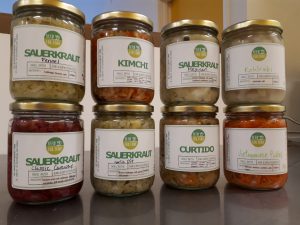
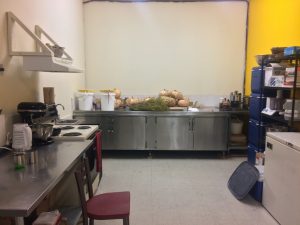
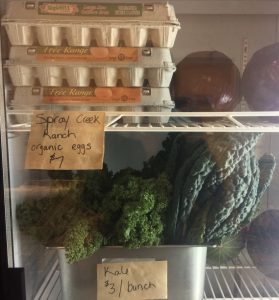
 but will be things like Black Tea with Ginger, or Yerba Mate with Lavender and Chamomile. Yum! Other items on the couple’s seemingly endless list of things they are able to make out of Lillooet Grown produce are fresh-pressed, raw apple juice (will also be sold frozen) and apple cider vinegar.
but will be things like Black Tea with Ginger, or Yerba Mate with Lavender and Chamomile. Yum! Other items on the couple’s seemingly endless list of things they are able to make out of Lillooet Grown produce are fresh-pressed, raw apple juice (will also be sold frozen) and apple cider vinegar.
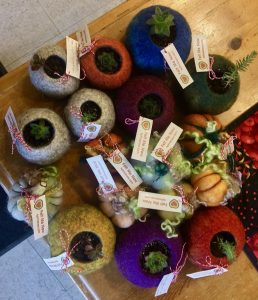

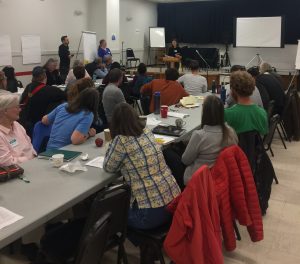
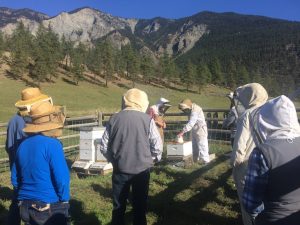
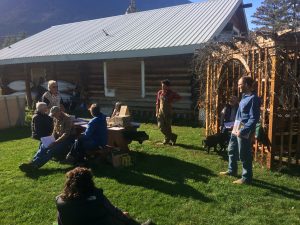 intertwined! Despite finding beekeeping to be incredibly rewarding, Bob cautioned that it is not what it once was. Due to the ever-increasing amount of diseases that can affect bee colonies in British Columbia, it is getting harder and harder to keep a healthy hive. And if you don’t have a healthy hive, you risk infecting other hives and other beekeepers’ livelihoods.
intertwined! Despite finding beekeeping to be incredibly rewarding, Bob cautioned that it is not what it once was. Due to the ever-increasing amount of diseases that can affect bee colonies in British Columbia, it is getting harder and harder to keep a healthy hive. And if you don’t have a healthy hive, you risk infecting other hives and other beekeepers’ livelihoods.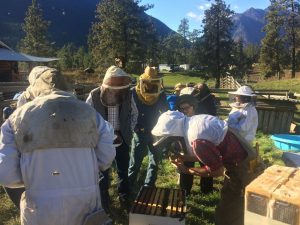
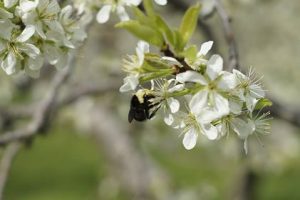
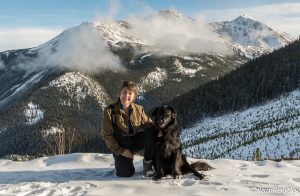
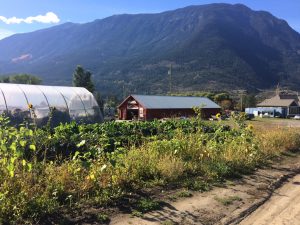
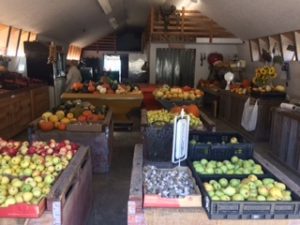 used to attack the potatoes. When we get horn worms we pick them off whenever we see them (the kids used to get paid 10 cents a worm). They usually attack the tomatoes at all stages of growth; they hit our eggplant and tomatoes quite badly this year so we always have extra plants in the greenhouse to replace the damaged our dead plants as needed. We do feed our plants when required.
used to attack the potatoes. When we get horn worms we pick them off whenever we see them (the kids used to get paid 10 cents a worm). They usually attack the tomatoes at all stages of growth; they hit our eggplant and tomatoes quite badly this year so we always have extra plants in the greenhouse to replace the damaged our dead plants as needed. We do feed our plants when required.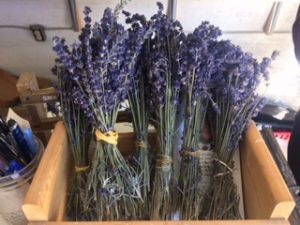 Oh! Lavender!These days we primarily just sell in our fruit stand but also to a few stores in Lillooet as well as up north on the highway at the 108 supermarket. We used to do various farmers markets but due to understaffing we have slowed down but hope to do more in coming years.
Oh! Lavender!These days we primarily just sell in our fruit stand but also to a few stores in Lillooet as well as up north on the highway at the 108 supermarket. We used to do various farmers markets but due to understaffing we have slowed down but hope to do more in coming years.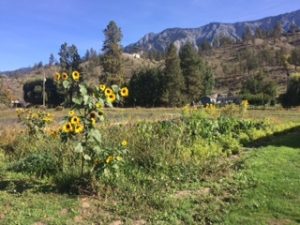 return each year and have become like family to us. This is also the site for the East Lillooet Japanese internment camps during WW2, and we have tours that come each year to commemorate the history here.
return each year and have become like family to us. This is also the site for the East Lillooet Japanese internment camps during WW2, and we have tours that come each year to commemorate the history here.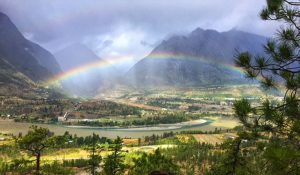
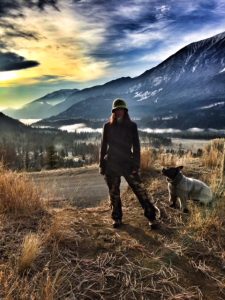

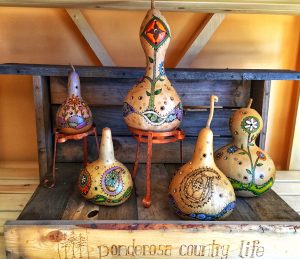
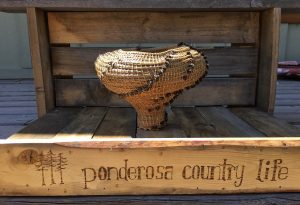
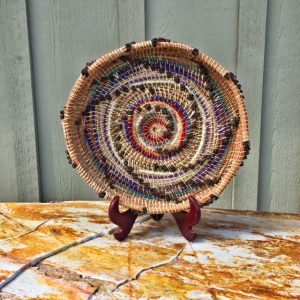
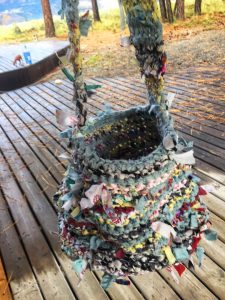
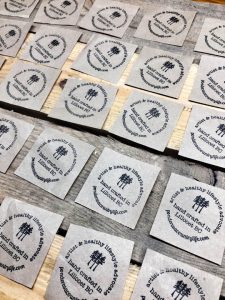
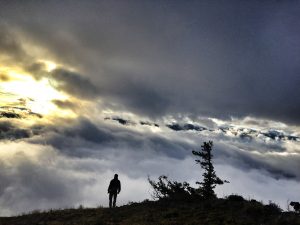
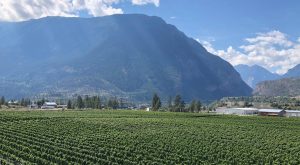
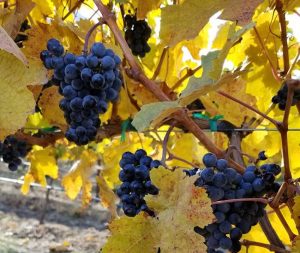

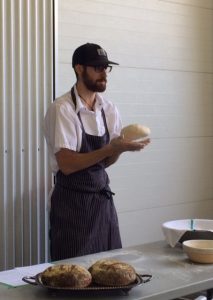

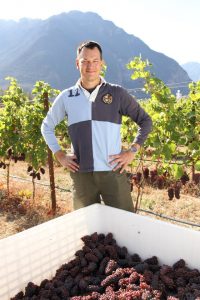 What do you know about what LAFS is doing?
I am aware of a few things: initiatives around a slaughterhouse, educational workshops, the brand development of Lillooet Grown foods.
What do you know about what LAFS is doing?
I am aware of a few things: initiatives around a slaughterhouse, educational workshops, the brand development of Lillooet Grown foods.
